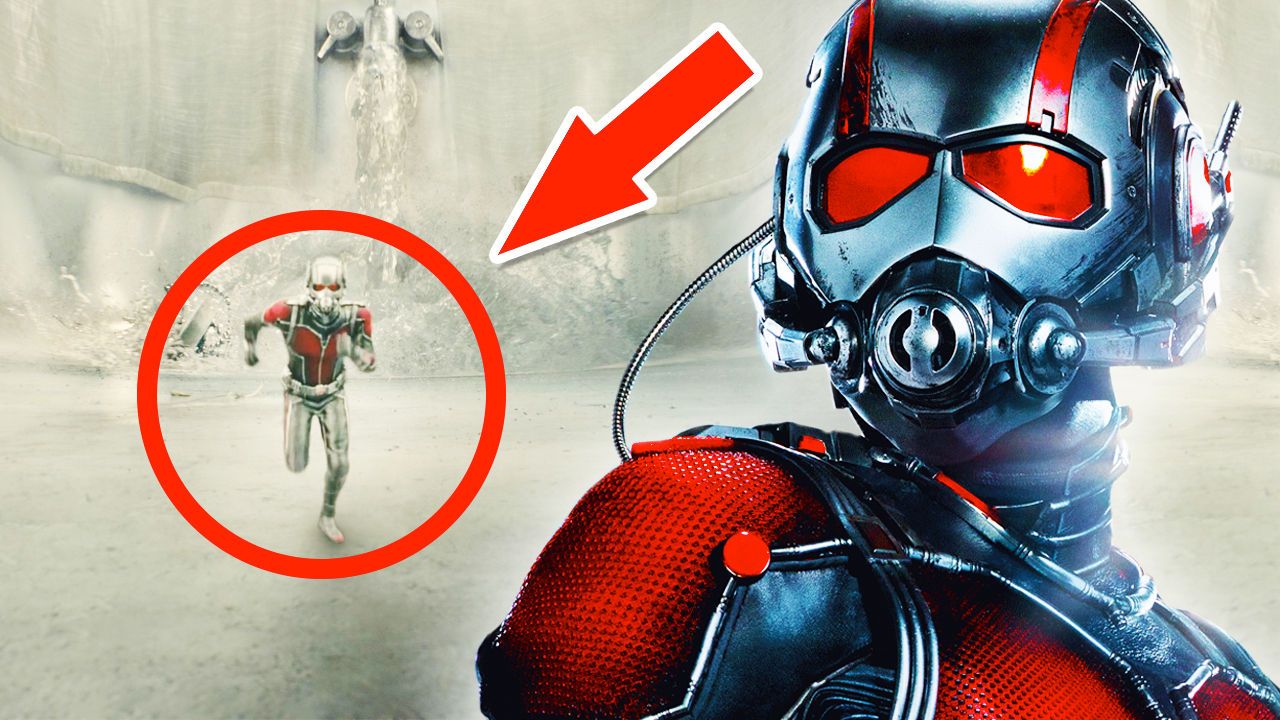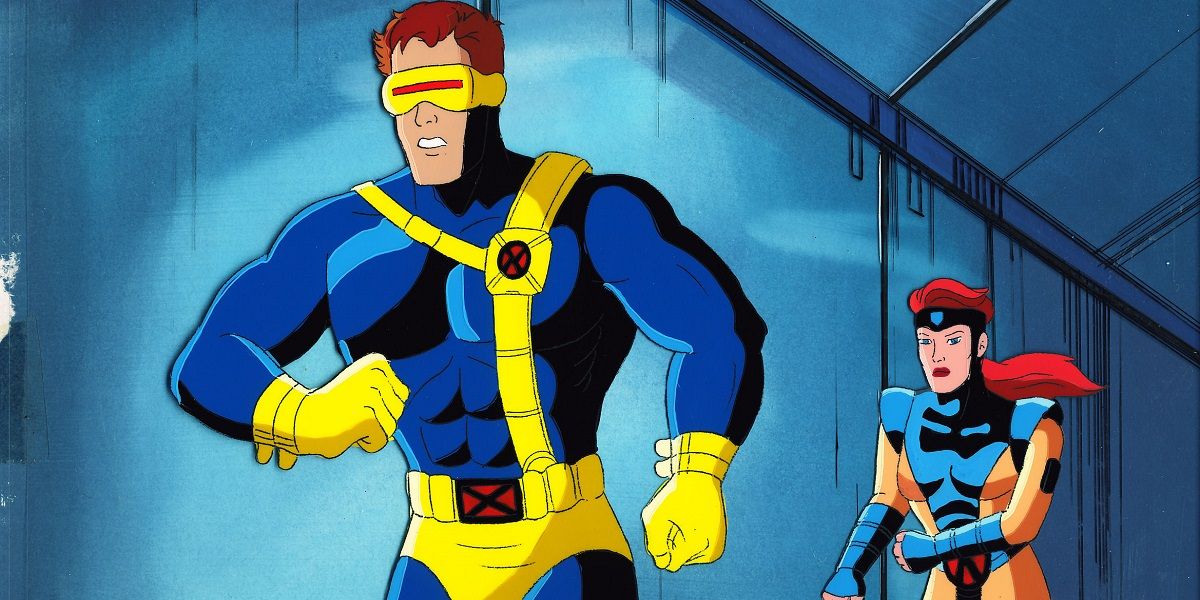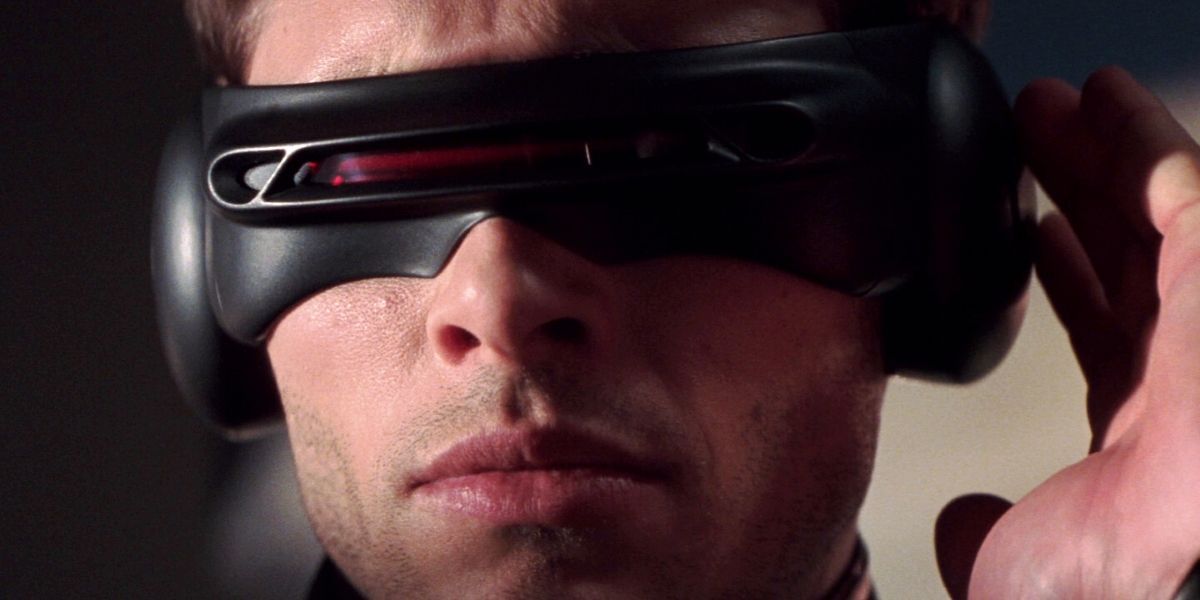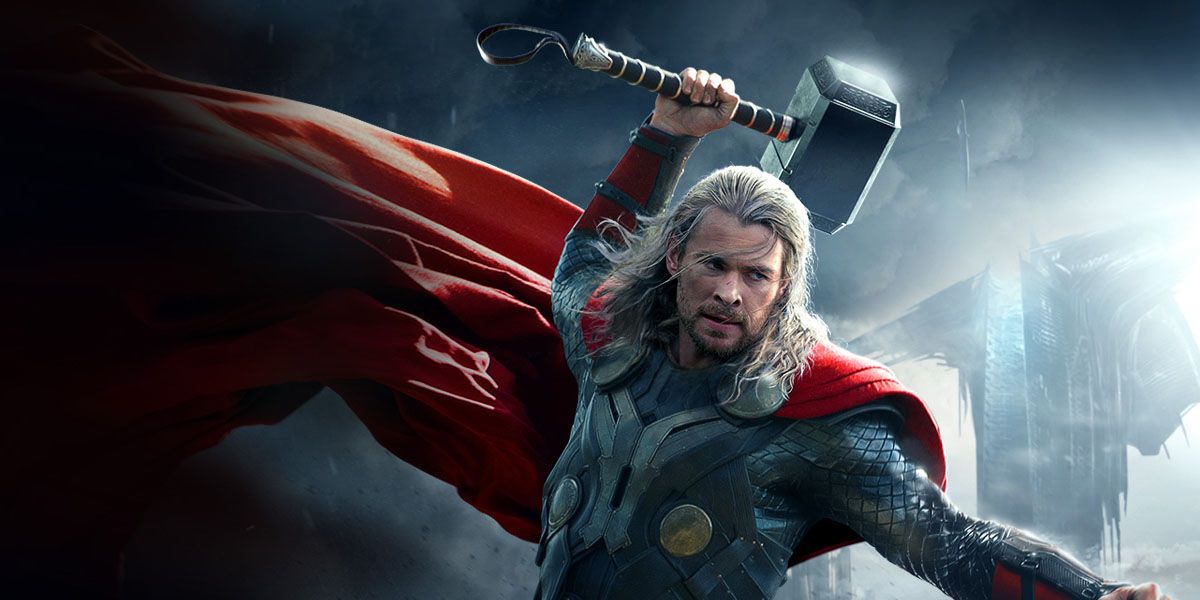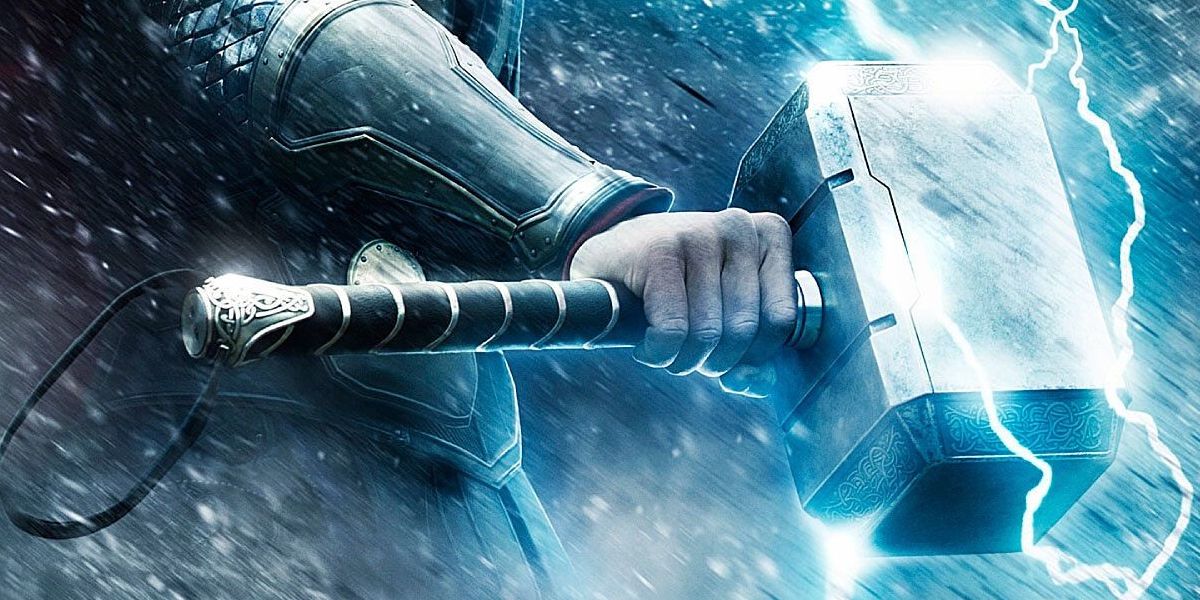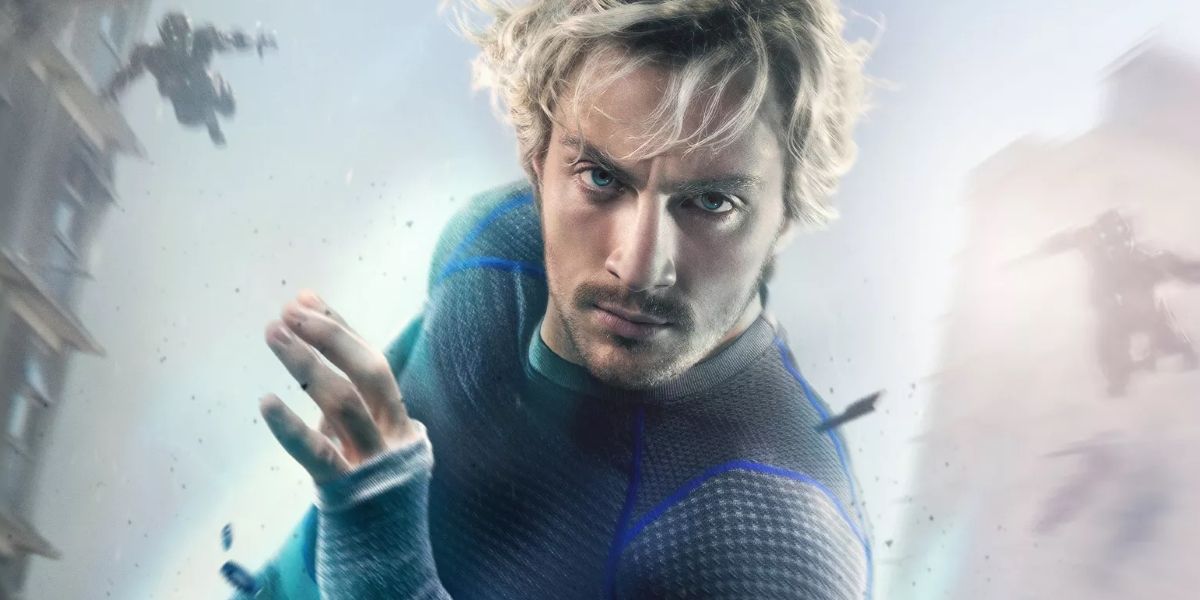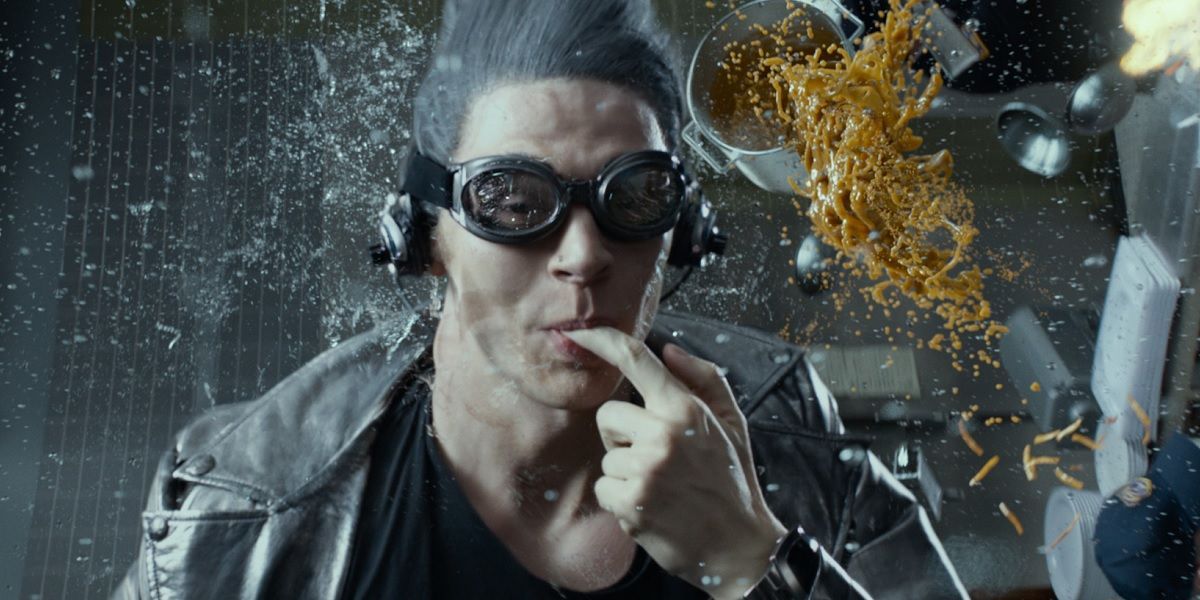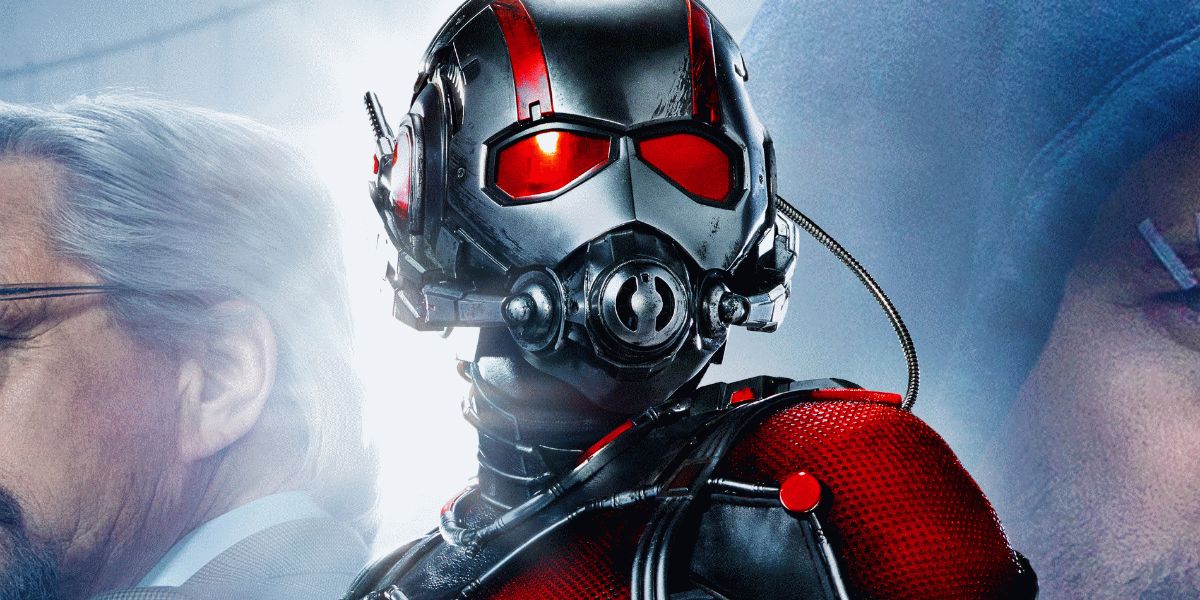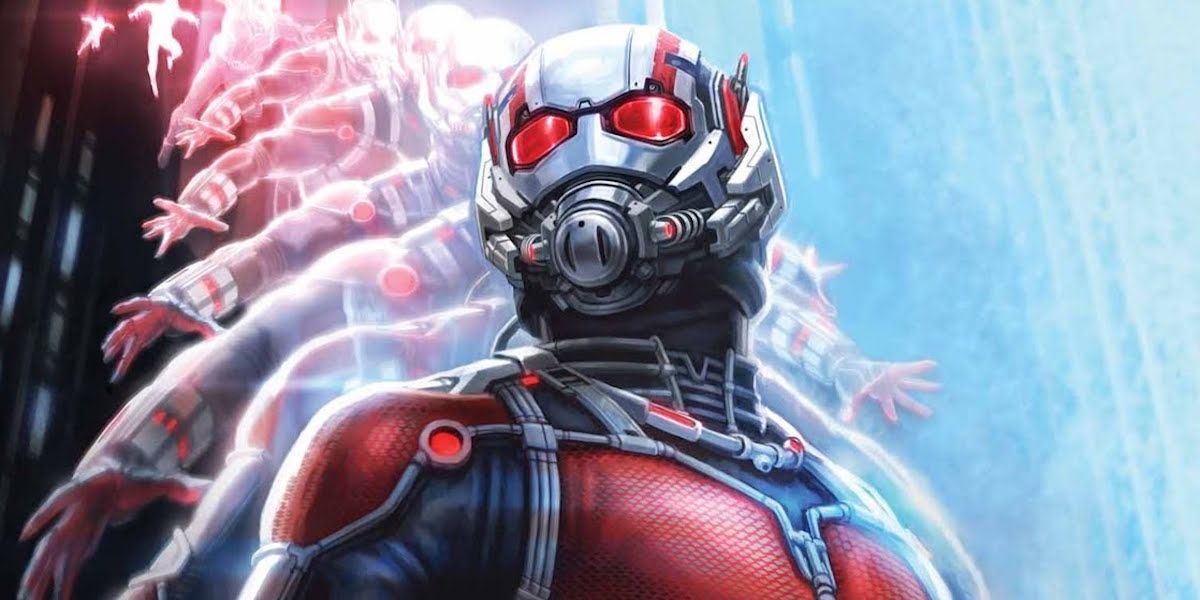Ask the average comic book or superhero movie fan to name the deadliest, most lethal, and brutal comic superheroes, and the same names will probably rise to the top: Wolverine is almost guaranteed to take the top spot, with insanely powerful heroes like the Hulk close behind. But those characters are only blessed with superpowers that let them destroy enemies one by one, with brute force, or directed attacks. What about the heroes whose very abilities threaten the lives of everyone around them?
The movies won’t go into too much detail, since it’s the claw-slashers, punchers, kickers, and enchanted hammer-swingers that get the most attention. And usually, the least convenient side effects of a cool superpower are written off or ignored completely. But not by us. In the interest of giving the unsung heroes their time in the spotlight – and pointing out how the science of their superpowers poses a threat to everyone they meet – we’re taking a look at Marvel’s most lethal heroes in our latest docu series.
0ere is Screen Rant’s closer look at The REAL Deadliest Marvel Superheroes.
Cyclops
In most comic books, an incredibly powerful ability - or, in the world of the X-Men, "mutation" - is both a gift and a curse. For Scott Summers, that’s his energy blasts, projected out of his eyeballs (or for the comic geeks, an alternate energy dimension released through gateways inside his eyeballs). But most fans won’t actually realize just how dangerous Cyclop’s power really is. Taking off his glasses and unleashing energy onto the target he’s staring down, or focusing it through a visor might seem simple – but human eyes are anything but. Just try to focus on a single point, or word on a page, and you’ll realize that eyes almost never keep still, but jump around from point to point.
These tiny jumps, called saccades happen dozens, if not hundreds of times a minute, and even more once adrenaline starts pumping. The worst part? They can happen reflexively... as in, the brain moves the eyes without us even realizing it. When you add in potentially lethal kinetic blasts firing on each and every single point, Cyclops goes from a mutant powerhouse to a mutant nuclear weapon.
Honestly, most superheroes have at least some way of controlling the powers they’re given, even if it takes years and years of concentration. But for Scott Summers, no training will keep his eyes still, meaning just a few seconds of scanning a room could reduce it to rubble, along with anyone inside it. And even if the movies show it as a more fine-tuned power, they ignore the fact that not every kinetic beam hits its target. If this were the real world, not only would Cyclops be a walking eyebeam menace, but every shot off target could wipe out a bystander, a house, a nearby building, or even an aircraft – even if they were hundreds of yards, or miles away. Who knows how many he killed before he found those ruby red Ray Bans...
Thor
It isn’t just the Asgardian’s superhuman strength, endurance, or combat skills that make him deadly, but the electricity that comes with being the god of thunder. When the fight gets out of hand, or he just needs a trick up his sleeve, Thor calls lightning to his hammer, Mjolnir, and fires it onto entire hordes of enemies, or massive monsters. But if this actually is lightning – and fans are told that it is, since it’s coming straight from storm clouds above – the release wouldn’t be anywhere near heroic.
For starters, it would wound, incapacitate, or actually kill the heroes fighting beside him. Since lightning being fired would be equal to a flash from around 100 million lightbulbs, and loud enough to rupture eardrums or burst blood vessels in anyone unlucky enough to be standing within a few dozen yards of him, Thor would be as effective as unleashing a stream of flashbang stun grenades into a crowd. But the scariest part is that the sound makes up just 1% of lightning’s energy – the rest is light… and heat.
Enough heat to raise the air temperature to close to 70,000 degrees Fahrenheit. In nature, that heat dissipates into the air faster than it can actually burn, which is why people struck by lightning can survive it. But when you have Thor unloading constant streams of lightning, it’s a different story. That may not be a problem for the invincible Thor, or protected Avengers like Iron Man or Hulk, but for the human ones, including Captain America, it means injuries. And the same goes for any innocent civilians anywhere near him.
The movies might ignore what lightning actually is, but if Thor was to come to your rescue in the real world, it would mean that blinding, ear-splitting, burn-inducing blonde bomb was suddenly the biggest threat to your life, not the villain he’s there to battle.
Quicksilver
No need to worry about the Marvel movie right here, since both versions of the Marvel speedster – the one from The Age of Ultron, and the one seen in Days of Future Past – are probably responsible for more deaths than most supervillains. As the saying goes, speed kills. And it’s just as true for mutants or “gifted” test subjects. But speed doesn’t usually pose a risk to the actual speedsters, since their muscles, organs, metabolism, and perception have all been magically heightened too. But no matter how sound the science fiction might be, a human being can only go so fast. Or, more accurately, accelerate.
Good old-fashioned physics and inertia spoils the fun for speedsters, since it’s a rule that can’t really be broken: it’s only a matter of time before Quicksilver takes a non-speedster along for the ride. In X-Men: Days of Future Past, he even makes sure to hold Magneto’s neck to prevent whiplash, showing the filmmakers grasp the problem.
So his neck is kept straight, great. But the rest of his organs are liquefied about a second later.
Even if a person’s skin, muscles, or bones remained intact after going from 0 to 600, the same effect as a car crash traveling 600 miles an hour, the organs inside wouldn’t stand a chance. The human body is mostly water, anyway, and the acceleration means a person unlucky enough to be “saved” by Quicksilver wouldn’t even have a split-second to feel as their internal organs were left behind, and disintegrated.
It’s a frightening idea, too: that rescue scene in Age of Ultron in which Quicksilver plucked dozens out of the way of a runaway train as his sister tried to stop it... may actually be the most gruesome massacre ever committed in a comic book movie, with each one of Quicksilver’s victims collapsing into a puddle a second after the camera cut away. The horror.
Ant-Man
That’s right, Ant-Man. It seems only fitting that the superhero who seems the most out of his depth, and literally the smallest would pose the biggest threat, but he does – and it’s thanks to actual science. The movie, like the comics, tries to base Scott Lang’s powers and the Ant-Man suit in actual quantum and atomic science. They explain that the suit doesn’t shrink the wearer, exactly, but uses Pym Particles to shrink the distance between the wearer’s atoms. In other words, an object’s mass stays the same, but is just compacted by removing some of the negative space between the molecules it’s made up of.
The movie ignores that simple explanation when it makes small things bigger, but it explains how Scott packs the same punch, weight, and strength as a full-grown man when he’s cut down to size (as evidenced by his shattering the tile of the bathroom in his first shrinking scene). But that science becomes a potential planet-killer in the movie’s third act, when Scott is forced to go “sub- atomic,” shrinking to a size smaller than any atom, electron, or recognizable form of matter.
The problem here has to do with singularities: what science fiction fans know as the infinitely small, infinitely dense point that a black hole is formed around. Usually, it takes the mass of an entire star collapsing to create one, but quantum theorists like Stephen Hawking have claimed that microscopic black holes might happen all the time, when atoms and molecules collide – and some at the Large Hadron Collider are even hoping to create one. So why don’t we notice them? Because they’re so microscopic, there isn’t enough matter to fuel them, and they explode almost instantly. And that’s where Ant-Man comes in.
By shrinking to a size smaller than any observable particle, but doing it with all of his mass, Scott would, according to actual science, have created a black hole with a ton more mass than would actually be needed to keep it stable. Stable long enough to start pulling in the matter around it – which happens to be Earth, and everyone on it. He might escape and save the day, but according to the science that the movie lays out itself, Ant-Man wouldn’t just be the greatest killer in the history of the planet… he’d be the last.
And we thought it was a comedy.
Conclusion
That’s our shocking look at the not-so-heroic effects of Marvel’s most heroic superhumans, and why sometimes it’s better for comic book movies to play fast and loose with science and their own science fiction. Still, it’s always nice to see our favorite heroes in a new light.
Which superhero powers do YOU think could prove to be more trouble than movies or comics make out? Let us known your own suspicions and reactions in the comments, and remember to subscribe to our YouTube channel for more videos like this one.

